-
Products
- Solutions
- Service Support
Pages
- Pressure Sensor
- Pressure Transmitter and Transducer
- What is a Pressure Transducer?
- Level Transmitter and Sensors
- Differential Pressure Sensors
- Differential Pressure Transmitters
- Level transmitter for Fuel and Chemical
- Water Pressure Sensors
- Industrial Pressure Sensors and Transmitters
- Switches
- Liquid Pressure Sensors and Transmitters
- Company
-
Products
-
Solutions
-
Applications
-
News
-
Support
-
About Us
Session 3: The Importance of Oil Filling, Sealing and Aging
Author: Leslie Date: 2022 Apr 07 Category: Cloud Academy
Today our course takes you into the mounting and testing section to see what has been done with pressure sensors here again.
Session 2
After the cleaning workshop process, the next for you to explain our second major section - the oil filling, sealing section.
Speaking of oil filling, you may be more curious, what exactly is this doing? In fact, it is very simple, there is a certain gap between the encapsulated pressure-sensing diaphragm and the silicon chip, which cannot realize the effective transfer of pressure, which needs to be filled with a certain medium between the two. As for why the use of "oil", not "water", there is a lot of knowledge - special silicon oil has a small compression ratio, with a small change in temperature and other excellent characteristics; the filling oil can be very good to ensure the transfer of pressure, and to ensure excellent temperature drift performance, which is essential for the pressure sensor.
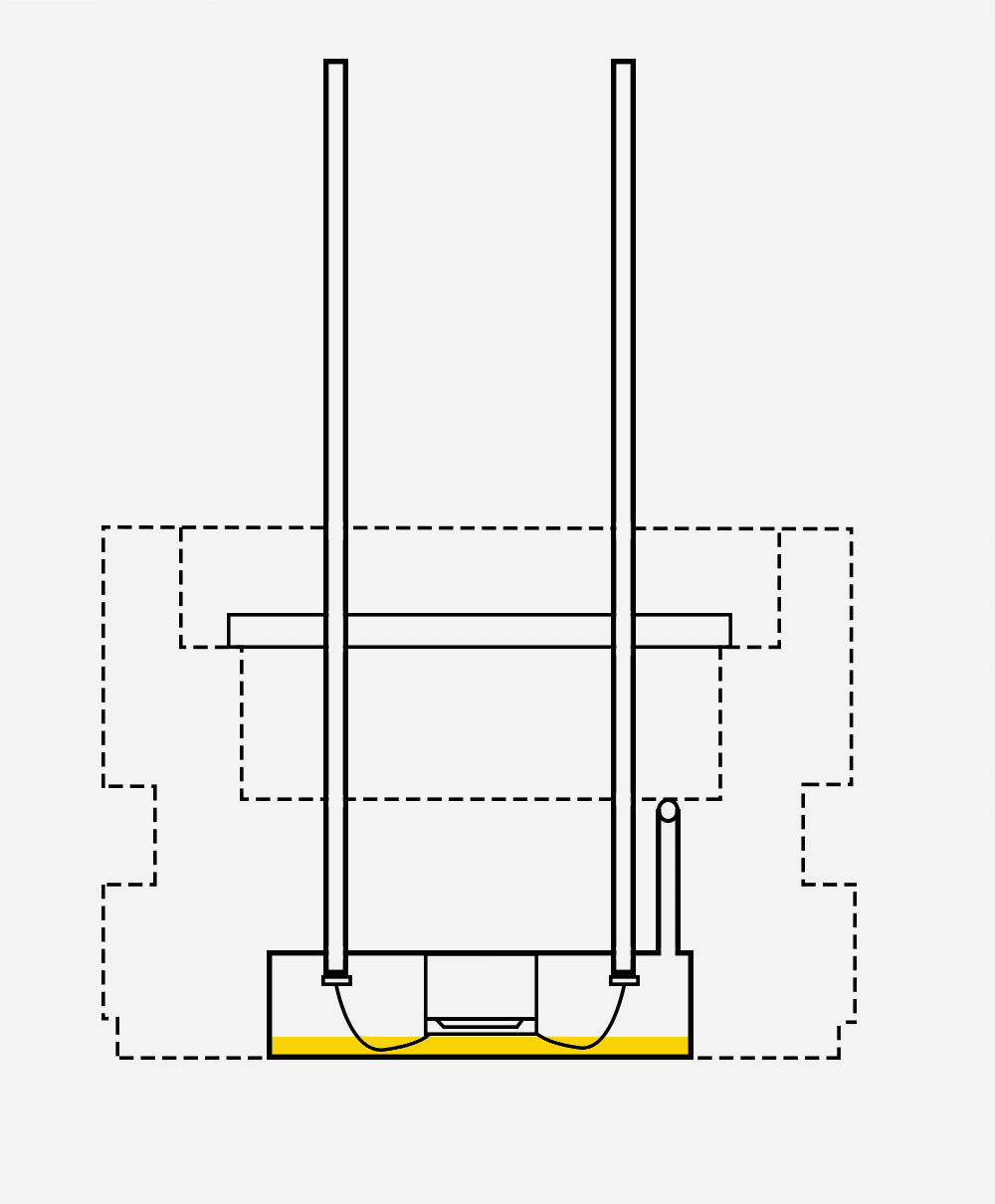
The oil filling process has very high environmental requirements. The high-temperature filling of silicone oil requires a vacuum and a clean operating environment. Here we have 200 square meters of oil-filling processing space and dozens of precision processing equipment, which are used for oil-filling processing day and night. For confidentiality, we will not enter the manufacturing site.
The oil filling hole is located on the back of the metal base, where the oil flows in. After the oil filling is completed, our sixth component, the "pin bolt", is used to complete the sealing of the oil filling hole.
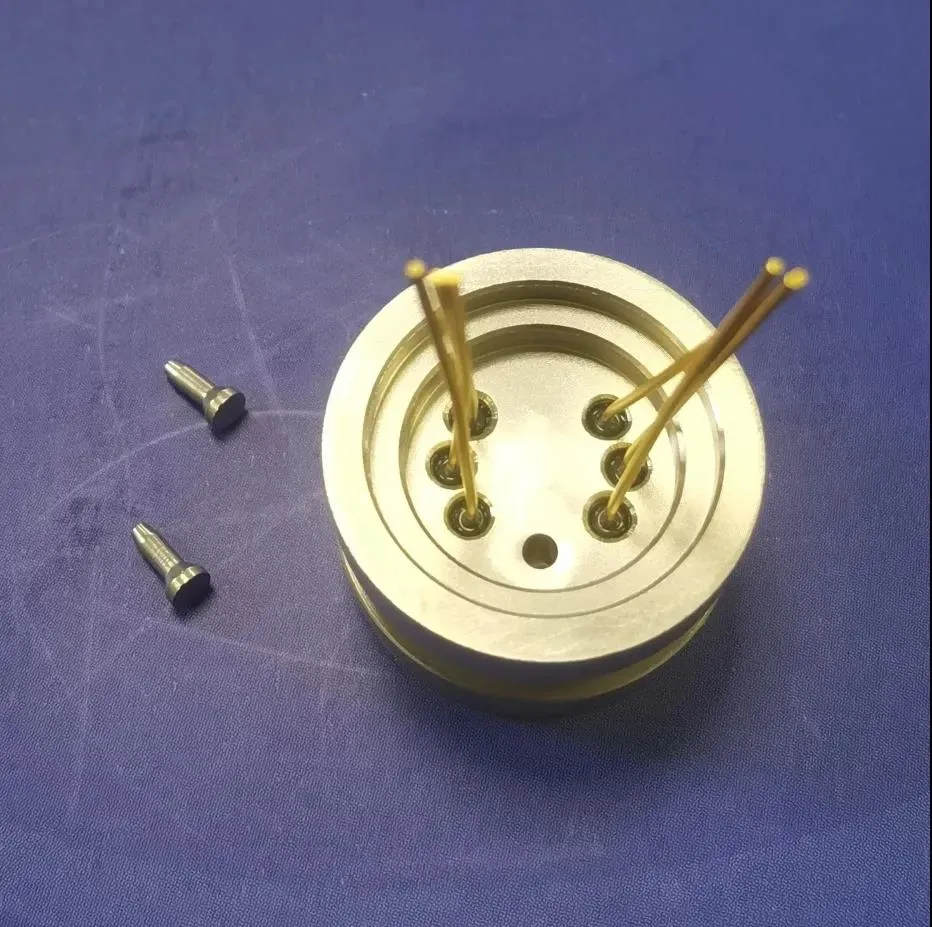
After completing the sealing, a metal encapsulated pressure sensor baby is born. And due to the stress of the package and the fact that the silicon chip is more sensitive to temperature, the pressure sensor is still fragile at this point and can hardly stand the test of long-term stability and ambient temperature. This is when post-processing is needed to solve the problem.
The aging and impact process is primarily to tackle the problem of long-term product stability, where all products need to undergo two steps of temperature aging and mechanical aging. Temperature aging simply means that the products are stored at high temperature for a few days and even a dozen days; mechanical aging, i.e., impact, mainly simulates the use of the product process, and the products are pressurized and de-pressurized in multiple cycles. All products are subjected to 100% aging and testing, where tens of thousands of products complete metamorphosis every day.
Above is the content of this course, do you have any questions? see you in a comment!
In the future, we will hold regular courses in the Cloud Academy to share more product knowledge and industry experience with you.
Posts by Topic
Categories
- Cloud Academy (4)
- Pressure Sensor (1)
- Pressure Transmitter (1)
Month / Year
Authors
Contact Us
MICRO SENSOR CO., LTD
Headquarters
No. 18, Yingda Road,
Baoji, 721006,Shaanxi,P.R.China
German Subsidiary
Micro Sensor GmbH
Girardetstr. 6, D-45131 Essen, Germany
Tel: +86-29-88346384
Whatsapp: 15114817352
Email: sales@microsensor.cn
- Pressure Sensors
- Pressure Transmitters
- Level Transmitters
- Temperature Transmitters
- Flowmeters
- Accessories
- General Industry
- Process Industry
- Downloads
- Applications
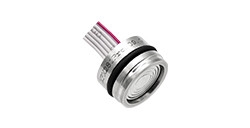

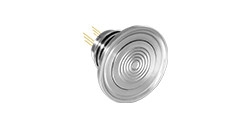

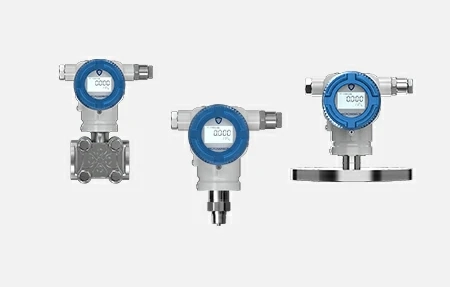

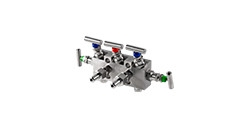
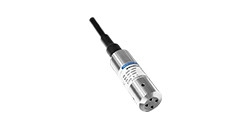
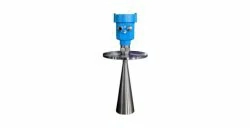


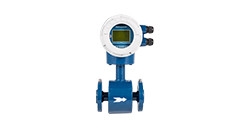
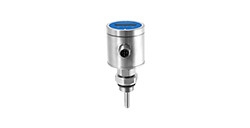

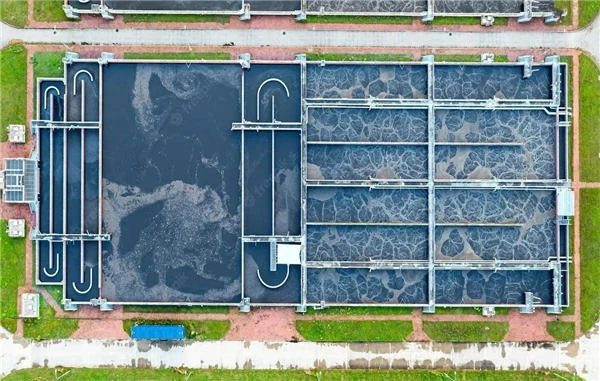
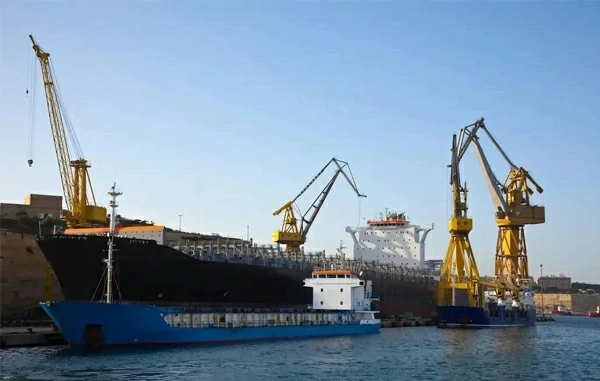
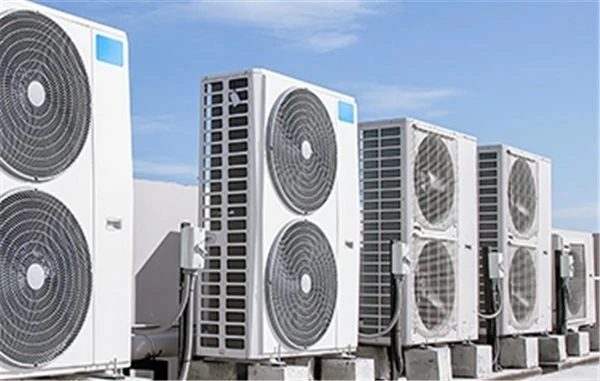

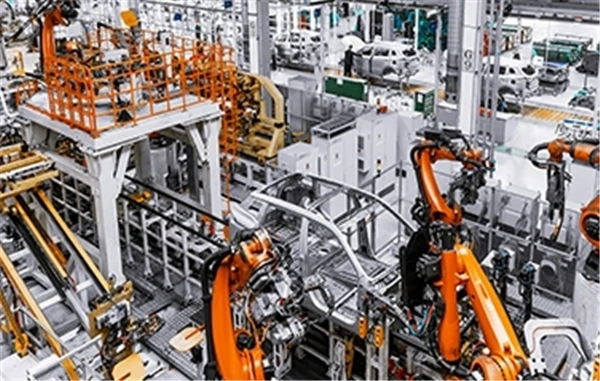
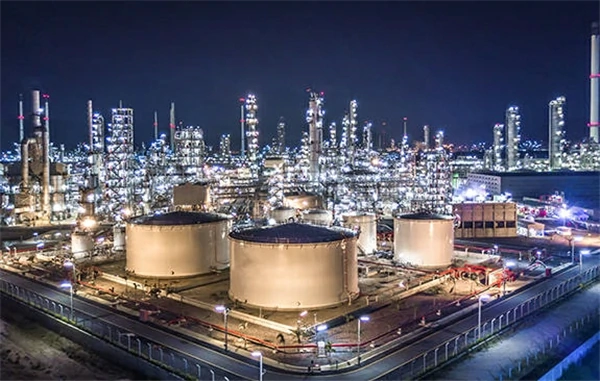
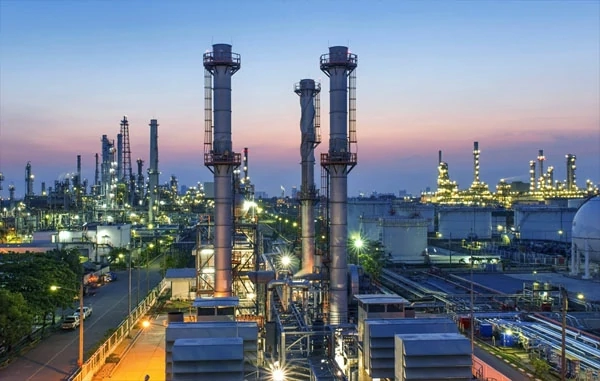

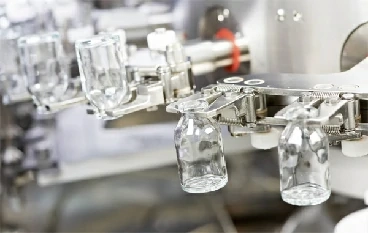
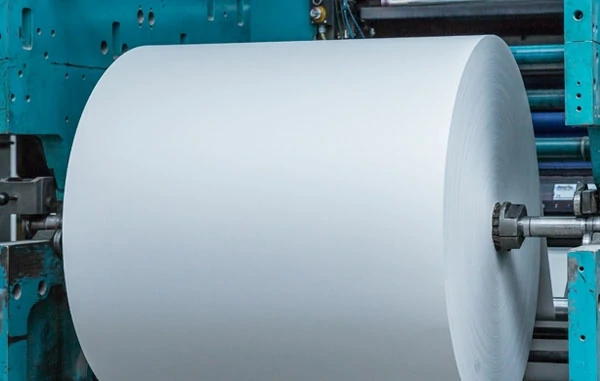
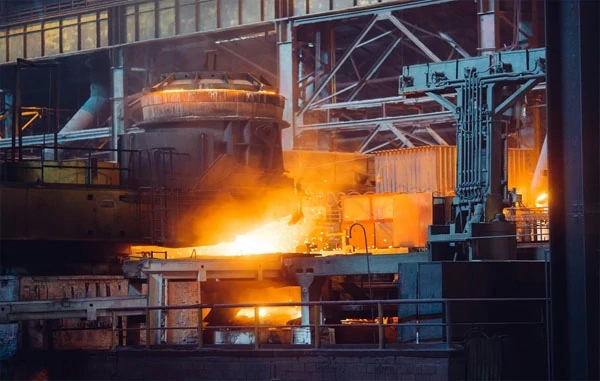
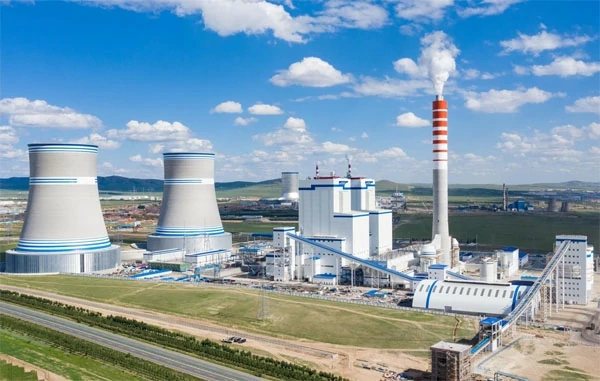
 Copyright © 2025 MICRO SENSOR CO., LTD
Copyright © 2025 MICRO SENSOR CO., LTD



